- Joined
- Jun 8, 2008
- Messages
- 56,719
Low COVID and Flu Vaccine Uptake Among Risk Groups in Europe
Annie LennonUptake of seasonal influenza and COVID-19 vaccination among risk groups such as older adults in many European Union/European Economic Area member states between 2023 and 2024 has been suboptimal, according to two reports released by the European Centre for Disease Prevention and Control.
Influenza vaccination coverage for those aged 65 years or older ranged from 12% to 78% during this period, whereas COVID-19 vaccination coverage among those aged 60 years or older varied between 0.02% and 66.1%. The median COVID-19 vaccine coverage of target age groups stood at 14%. Only six countries exceeded 50% coverage, and none exceeded 80%.
Máire Connolly, MB BCh, professor of global health at the University of Galway in Ireland, discussed these findings with Medscape Medical News. Suboptimal vaccination coverage rates could increase the risk of importing COVID-19 and influenza among unimmunized individuals across European states, including those with high vaccination rates like Ireland, she said.
Building Trust
“Decreased vaccine uptake will lead to more infections and therefore more strain on healthcare systems everywhere. But any short-term attempt to increase uptake risks damaging the long term. If we keep touting the benefits of vaccines without addressing concerns, we damage public trust,” Anton Pottegård, PhD, professor of public health at the University of Southern Denmark, told Medscape.Denmark had some of the highest rates of influenza and COVID-19 vaccination among senior citizens. Between 2023 and 2024, 78% of individuals aged 65 years or older were vaccinated against seasonal influenza, while 80.7% of individuals aged 70-79 years and 88.6% of those aged 80 years or older were vaccinated for COVID-19.
SUGGESTED FOR YOU
Pottegård noted that public trust is a cornerstone of Denmark’s relatively high vaccination rates. While some countries and health institutions may worry that research revealing adverse effects from vaccines could reduce vaccine uptake, he explained that being open and direct about all findings, whether positive or negative, increases trust in health systems and, thus, vaccine uptake.
“We need to build trust as health regulators to collaborate with people and help them live healthy lives. People often say the anti-vaxxers are the problem, but the problem lies not with the population, but with the regulators. With the best of intentions, they sometimes erode trust by being overly confident in their messages,” he said.
Pottegård added that more must be done to communicate uncertainties in health sciences.
“If we ignore or downplay uncertainties today, the same uncertainties may come back and hit us on the head tomorrow. COVID-19 really upgraded people’s understanding of health science’s inherent uncertainties. You can no longer tell people it’s black and white,” he said.
High-Quality Data Lacking
Some countries, however, may not have access to the high-quality data needed for proper public information. Germany, for example, lacks high-quality, population-based, epidemiologic data on the burden of disease and case-fatality rates, Oliver A. Cornely, MD, director and chair of translational research at the CECAD Institute of the University of Cologne, told Medscape.Although Germany did not report rates of flu or COVID-19 vaccination between 2023 and 2024, the country had flu vaccination coverage of 43% among older adults in 2021-2022.
“Surprisingly, there are no randomized clinical trials assessing the effects of vaccine boosters for both influenza and COVID-19. We can only assume that repeatedly low vaccine uptake may not [sufficiently] protect unvaccinated high-risk patients,” Antoine Flahault, MD, PhD, director of the Institute of Global Health at the University of Geneva, told Medscape.
He explained that authorities currently approve seasonal boosters based on “thin data sets,” such as immunologic studies and safety clinical data, as opposed to randomized controlled trials, which physicians and pharmacists use to make clinical decisions.
He added that health authorities should “probably be more demanding” and ask vaccine producers to provide better evidence on whether vaccine boosters protect high-risk patients.
To improve vaccination rates, a spokesperson from the World Health Organization (WHO)/Europe told Medscape that it is crucial to gain an in-depth understanding of why key target groups remain unvaccinated.
“Some challenges, such as structural, logistical, and cost-related barriers, as well as a lack of awareness, may be easier to address initially through increasing access to vaccination sites, enhancing convenience, providing vaccines free of charge, and increasing knowledge about the disease and the vaccination program,” said the WHO.
Annie Lennon is a medical journalist. Her writing appears on Medscape, Medical News Today, and Psych Central, among other outlets.














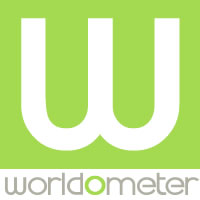
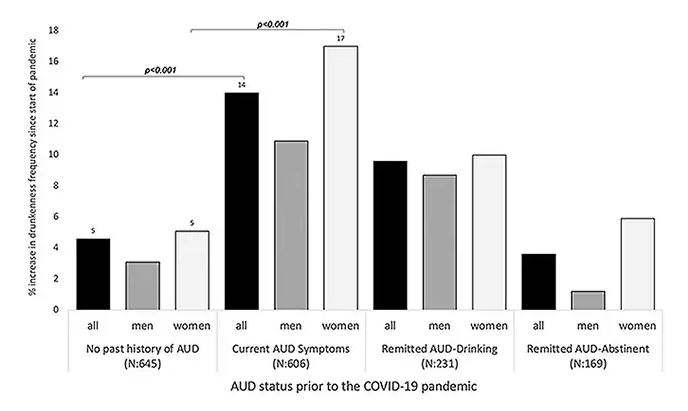
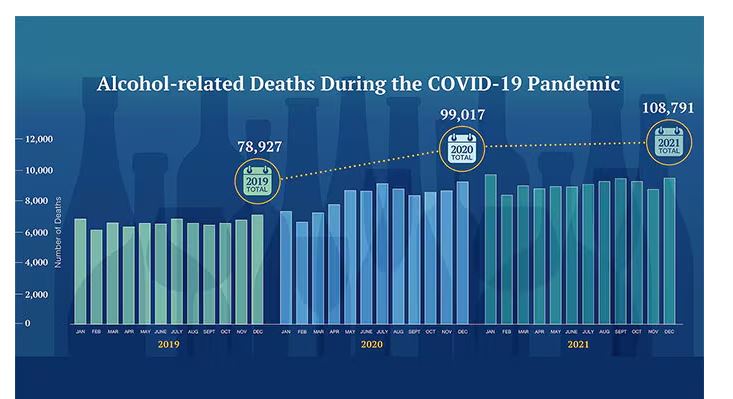
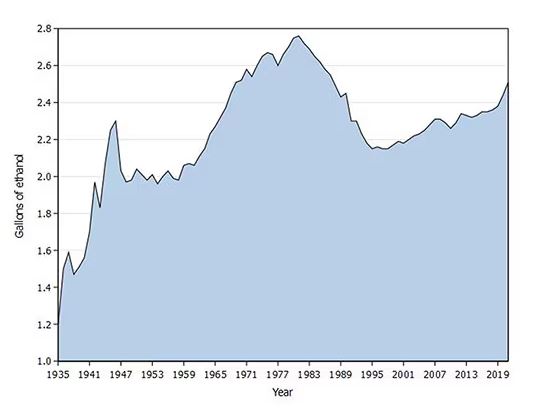
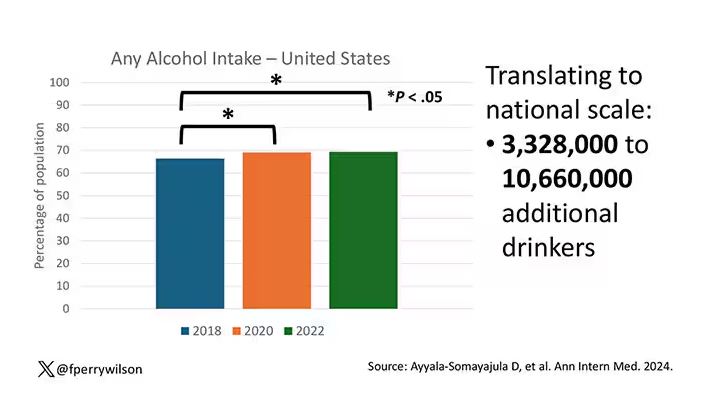
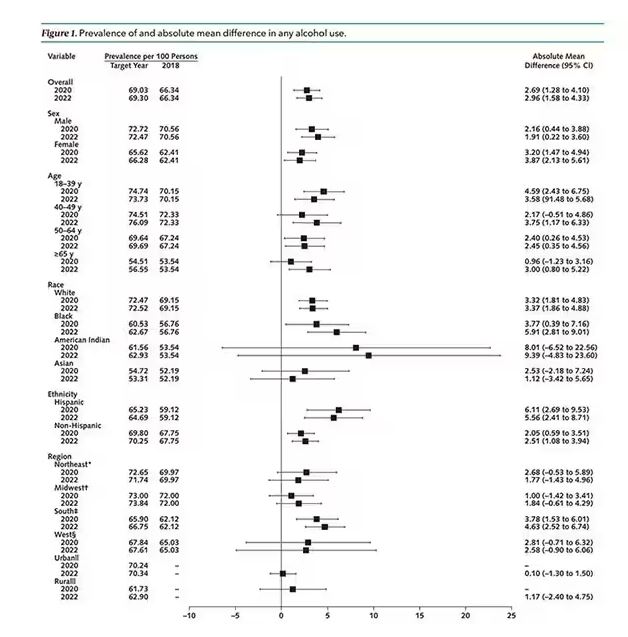
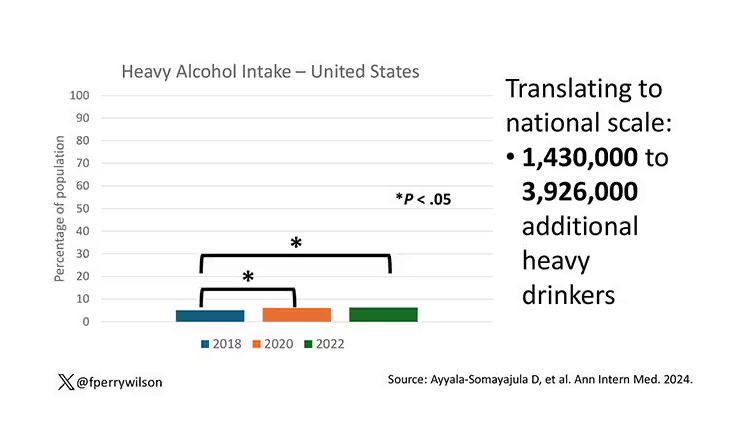
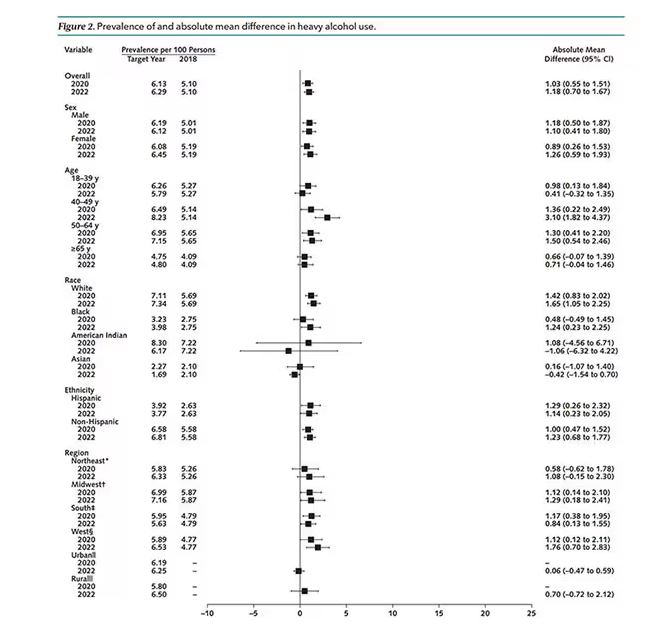










300x240.png)